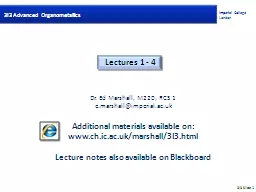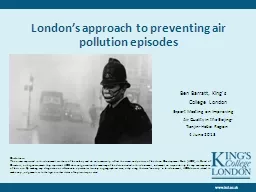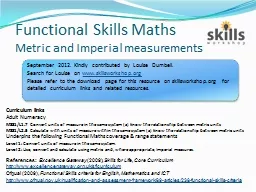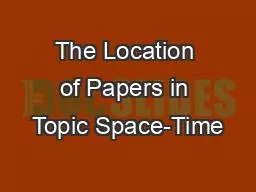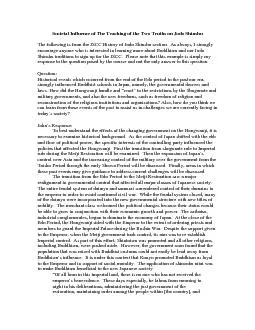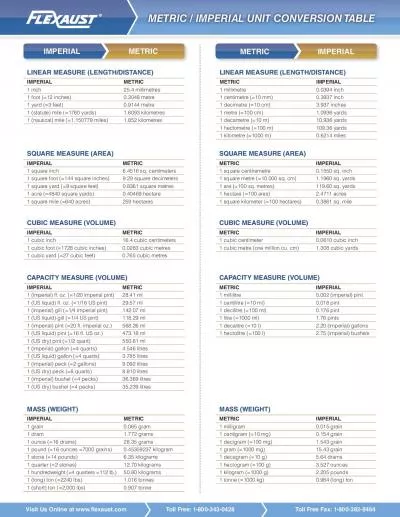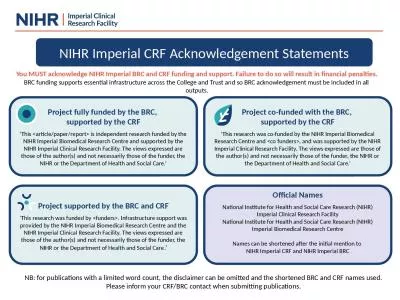PPT-© Imperial College London
Author : tatyana-admore | Published Date : 2016-08-11
Page 1 Association between traffic intensity and atopy at age 8 years in children born in Sydney in the Childhood Asthma Prevention Study CAPS Anna Hansell Nick
Presentation Embed Code
Download Presentation
Download Presentation The PPT/PDF document "© Imperial College London" is the property of its rightful owner. Permission is granted to download and print the materials on this website for personal, non-commercial use only, and to display it on your personal computer provided you do not modify the materials and that you retain all copyright notices contained in the materials. By downloading content from our website, you accept the terms of this agreement.
© Imperial College London: Transcript
Download Rules Of Document
"© Imperial College London"The content belongs to its owner. You may download and print it for personal use, without modification, and keep all copyright notices. By downloading, you agree to these terms.
Related Documents




